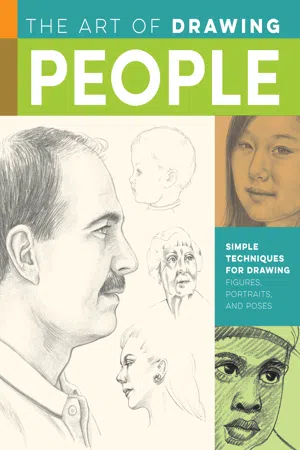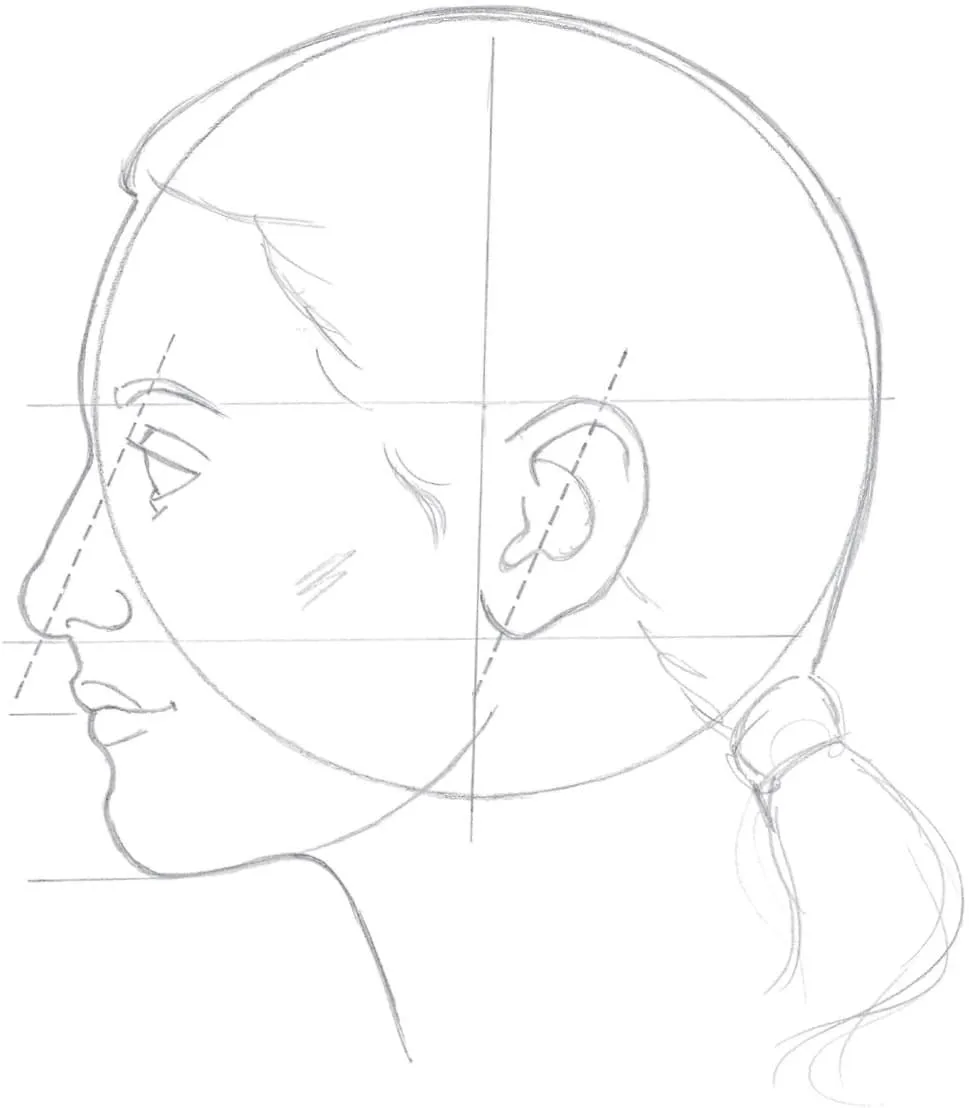
Collector's Series
Simple techniques for drawing figures, portraits, and poses
- 144 pages
- English
- ePUB (mobile friendly)
- Available on iOS & Android
Collector's Series
Simple techniques for drawing figures, portraits, and poses
About This Book
Learn to draw one of art's most interesting and challenging subjects.Packed with practical advice, helpful tips, and fundamental drawing techniques, The Art of Drawing People explores how to capture detailed poses and likenesses in graphite pencil. With step-by-step instruction from a variety of artists, you'll find plenty of helpful tips on choosing the right tools and materials, fundamental drawing techniques, developing value and shading, and setting up an effective composition, as well as important information about the influences of anatomy, bone structure, and musculature. Detailed examples of facial features, hands, and feet will help guide you through the most challenging aspects of drawing people. Whether drawing from life or from photographs, this comprehensive drawing guide is the perfect first step for beginning artists. Follow along, step by step, as professional artists reveal their drawing secrets. With practice, you'll soon be able to capture amazing likenesses in your own pencil drawings. It's as easy as 1, 2, 3.
Frequently asked questions
Information
REALISTIC
PORTRAITS

ADULT FACIAL PROPORTIONS




Exploring Other Views



Table of contents
- Cover
- Title Page
- Getting Started
- Basic Heads & Faces
- Realistic Portraits
- Drawing the Body
- Drawing Children
- About the Authors
- Copyright